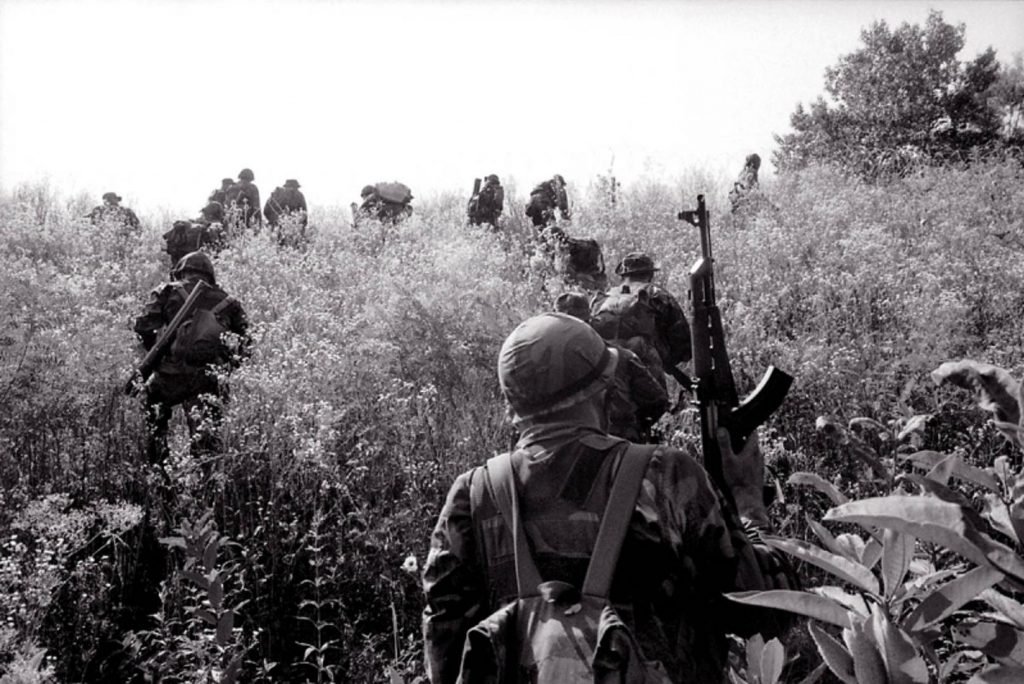On this day in 1995, at 5 o’clock in the morning, Croatian military forces launched Operation “STORM” which liberated more than 18 percent of the total area of the Republic of Croatia that was under occupation by Serbian rebels aided by the Yugoslav army.
Following extensive but unsuccessful negotiations on peaceful reintegration, the Croatian side had no other option but to liberate the occupied territories through military action. Insurgent Serbs expected the attack as the so-called Serb Republic of Krajina declared a state of war with Croatia on July 28 after Croatian forces liberated Bosansko Grahovo and civilian leaders of Krajina in co-operation with the army prepared to evacuate the population and material goods.
However, the Serbs were surprised that the Croatian army and police attacked the entire occupied area except for eastern Slavonia. Before the operation began, United Nations Confidence Restoration Operation (UNCRO) forces were informed through liaison officers that the liberation action was about to begin and President Franjo Tuđman sent the following message to Croatian Serb citizens in the occupied territories in the early hours of the morning:
After four years of futile negotiations, we were forced to make a decision to end any further manipulation of both the Croatian and international public and to ensure that the return of refugees to their homes can begin. Therefore, on behalf of the democratic government of Croatia, I call upon those volunteer or forcibly mobilized members of Serbian paramilitary units to surrender their weapons to Croatian authorities with the guarantee that they will be granted amnesty applicable under Croatian law. I call on those who initiated the rebellion to understand the futility of their undertaking, the harm it has done to the Serbian community in Croatia and that instead of persisting with the rebellion they surrender to Croatian authorities and accept the amnesty offered or a fair trial for their transgressions. I call on Croatian citizens of Serbian nationality who did not play an active role in the uprising to stay at home without fear for their lives or property and accept Croatian government authority with the guarantee that they will be accorded all civil rights and local self-government permitted under the Croatian Constitution and Constitutional Law in the presence of international observers.
The Croatian offensive originated from five zones of mobilization – Bjelovar, Zagreb, Karlovac, Gospić and Split. The military attacked from 30 different directions and at the beginning of the operation, the Croatian Air Force destroyed the enemy’s radio relay hub at Ćelavac as well as communication centres at Petrova Gora and Zrinska Gora. On the first day of the operation, Sveti Rok, Dabar, Gora and a number of other villages were liberated along with the Mali Alan pass and the area of Tulove Grede on the Velebit mountain range.
Photo: Croatian forces near Hrvatska Dubica, August 4th, 1995 (photo by Željko Gašparović)
Sources
Davor Marijan. Oluja. Zagreb: Hrvatski memorijalno-dokumentacijski centar Domovinskog rata, 2007.
Matea Brstilo Rešetar, Ivica Nevešćanin i Andreja Smetko. Domovinski rat. Zagreb: Hrvatski povijesni muzej, 2013.
Magistar sam povijesti. Radno iskustvo stjecao sam u Hrvatskom povijesnom muzeju i na Hrvatskoj radioteleviziji u emisiji TV Kalendar. Autor sam nekoliko knjiga i filmova na temu Domovinskog rata. Osnovao sam i uređujem Facebook stranicu Dogodilo se na današnji dan – Domovinski rat i portal Domovinskirat.hr. Također uređujem i vodim emisiju Domoljubne minute koja se svakog dana emitira na Hrvatskom katoličkom radiju te emisiju Sve za Hrvatsku i Novi valovi dobrote. Vlasnik sam obrta CroHis kojim promičem vrijednosti Domovinskog rata.

